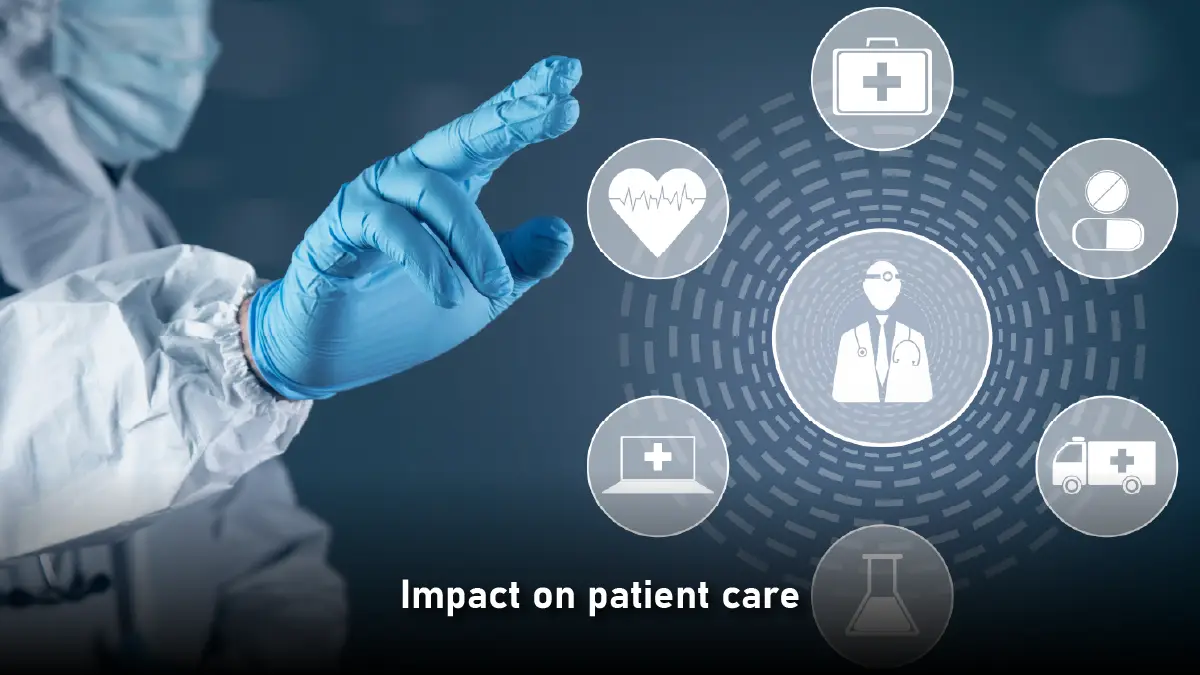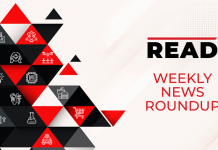Effective healthcare delivery necessitates a great deal of behind-the-scenes collaboration. This is never more apparent than when overseeing the vast and intricate supply chain that supports all facets of healthcare, from simple office supplies to advanced medical equipment and necessary medications. Healthcare executives are under increasing pressure to reduce costs without sacrificing the quality of treatment in this low-margin sector, where expenditures frequently increase more quickly than revenues. One of the most effective ways to accomplish these goals is through efficient healthcare supply chain management. Let’s go through this comprehensive guide to discover more about it.
What is a Healthcare Supply Chain?
The network of organizations, businesses, and people working in the healthcare sector and providing healthcare services is known as a healthcare supply chain. Everyone is involved in the healthcare supply chain, from the raw manufacturing of materials needed to create medications to the prescription drugs that are actually administered to patients. There are lots of global participants in supply chains, and effective planning is essential to making sure everything runs properly. This explains why the supply chain was so quickly affected when a severe disease like COVID-19 stopped the production or delivery of medical supplies. The healthcare sector could not operate without the supply chain.
Benefits of Supply Chain Management in Healthcare
Here are a few advantages of supply chain management in the medical field.
● Cut back on operating expenses
Medical manufacturers depend on supply chain managers to create networks that meet customer goals while keeping costs as low as feasible. Medical businesses can compete more successfully in the market thanks to efficient logistics.
In addition to unexpected shortages and inadequate inventory controls, healthcare organizations are sometimes overcharged as a result of price changes and mistakes made when deliveries are delayed.
● Improved procedures
Keeping equipment clean and functional, disposing of waste, storing and monitoring inventory, and shipping are some of the major issues in healthcare logistics. With sound logistics and supply chain management, it is the best alternative solution for dealing with problems such a shortage of appropriate storage space, growing labor costs, and conventional labor-intensive methods.
● Assist with automation
With the straightforward objective of improving the supply chain process, supply chain software streamlines and automates common manual processes performed inside healthcare firms. Software automation has many advantages, including the ability to reduce waste, expedite inventory, facilitate data-driven decision-making, and minimize labor, supply, and operating expenses.
These factors make it more crucial than ever to engage the help of supply chain software development companies.
● Provides a competitive edge
The digitization of the supply chain has made it possible for healthcare providers to offer patients the exact product at the right time and at a fair price.
Healthcare providers will be better able to take advantage of technological developments in data flow, analytics, provider-patient engagement, asset monitoring, and regulatory requirements by establishing a digital supply chain. This implies that digital healthcare is the way of the future.
● Make the three C’s better
Improving the three Cs—communication, collaboration, and coordination—between suppliers, vendors, shipping companies, and transportation companies is the main goal of supply chain management.
By using a centralized distribution strategy, supply chain management guarantees end users’ dependability and produces accurate output outcomes.
● More transparency
With responsibilities including creating accurate systems to organize and coordinate the intricate flow of goods by delivering shipments on schedule, safely, and reliably, logistics plays a significant role in supply chain management.
Depending on the company, daily logistics services can involve order processing, warehousing, and shipment, among other things.
To enhance the visibility of goods during their transit from point A to point B, logisticians often give supply chain partners data summaries. In order to enhance customer experience, logistics partners should coordinate real-time tracking updates and create open lines of communication to boost transparency.
● Assists in demand forecasting
By combining clinical and supply chain data, they may use healthcare supply chain analytics to better manage and plan inventory, predict demand, and respond to changing market conditions more quickly.
Throughout the healthcare supply chain, digital supply chain management technologies can promote improved cooperation and communication, which can boost productivity and reduce time to market.
The establishment of a healthcare value chain that can immediately address and recover from the problems of impending pandemics and other public health catastrophes is facilitated by their enhancement of trust and transparency throughout the supply chain.
Also Read: The Role of Charging Infrastructure in Successful Fleet Electrification
Impact on patient care
There are numerous ways that healthcare supply chain management can affect patient care. Some of these effects are quite evident, such as the scarcity of personal protective equipment during the pandemic, while other effects are less evident but no less significant.
● Prolonged or interrupted processes
According to an industry survey of 400 doctors, nurses, service-line managers, and supply chain administrators, half (57%) of them could remember a situation in which a doctor did not have a product needed for a patient’s procedure.
The OR team may have to postpone more surgeries or even cancel if there is not enough time in the day due to a delayed procedure, which might disrupt the hospital’s surgery schedule. Hospital income decreases as fewer procedures are performed.
Before the patient is wheeled into the operating room, the procedural team can make sure it has all the products it needs with the help of efficient supply chain management, which involves not just general medical/surgical supplies but additionally consignment items (like implants) that typically don’t fit into a hospital’s enterprise resource planning (ERP) system.
● Clinician burden
Inadequate supply chain management causes a great deal of stress for caregivers and interferes with the provision of care when doctors are unable to locate or keep necessary medical supplies in stock. According to a poll, 86% of nurses stated they occasionally abandon procedures to look for supplies, and 61% said this raises concerns about patient safety.
By maintaining sufficient quantities of supplies in stock and easily accessible at the point of care (POC), hospitals that place a high priority on supply chain excellence, including procurement and inventory management, allow physicians to concentrate on their patients.
At the point of care (POC), automated supply recording in the electronic health record (EHR) frees doctors from this labor-intensive and time-consuming activity. 86% of nurses in the aforementioned poll claimed that they are stressed out by their supply chain documentation system.
● Expiry and recall risks
Poor supply chain management procedures are more likely to occur in teams who handle supplies by hand, doing physical inventories to find and eliminate products that have expired or are involved in a recall. In its guidelines to healthcare facilities on the management and storage of packaged sterile supplies, The Joint Commission noted that product labels can be difficult for physicians to read, making it difficult for them to recognize hazardous products and remove them from distribution.
25% of nurses who responded to the poll stated they don’t always check product expiration or recall information, with 48% citing a lack of time as the reason.
Because they have more visibility into and control over their inventory, automated supply chain operations, where doctors and the supply chain are informed when things are recalled or approaching expiration, are far more effective at promoting quality patient outcomes and reducing waste.
● Total cost of care
The American Hospital Association (AHA) published a report on the growing expense of healthcare in April 2023. It made clear that a number of market factors, such as historical inflation, are driving up the price of medical equipment and supplies.
Between 2019 and 2022, hospital supply costs per patient increased by 18.5%, according to the American Heart Association. Compared to the total rate of inflation, this increase was over 30% higher.
The healthcare sector must switch from volume-based to value-based treatment in order to save costs and enhance quality.
Supply chain teams are essential to cutting costs because hospitals spend the most on labor and the second most on the supply chain.
Final Thoughts
Between pen and paper and AI-driven inventory management, the healthcare supply chain has advanced significantly. Improvements to the healthcare supply chain, however, offer further chances to increase strategic resilience, facilitate care coordination, offer visibility, get rid of waste, and keep costs under control. Innovative approaches are being developed to improve healthcare logistics. Innovative supply chain methods can result in better treatment, and a more promising future for health when professionals take the lead.




